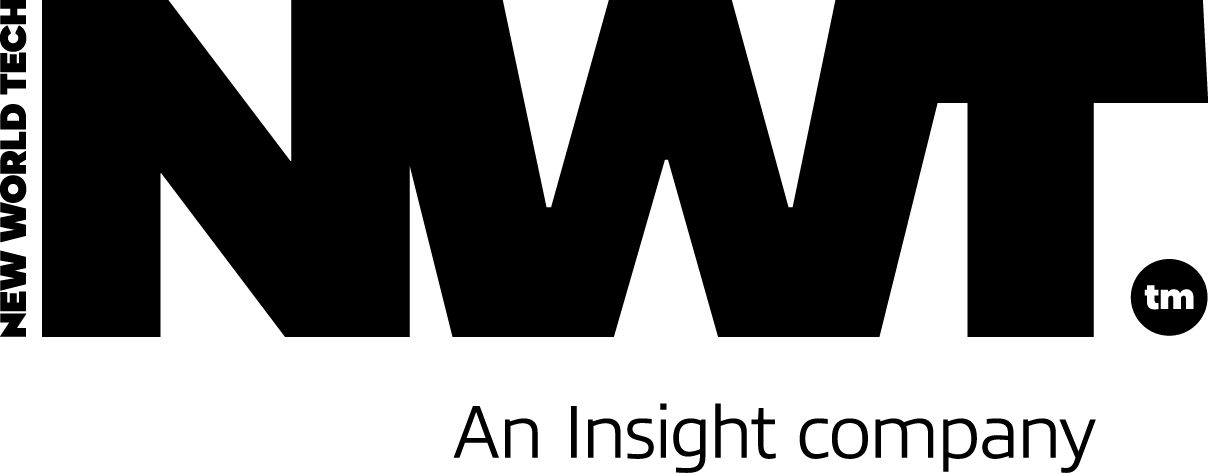The hidden costs of legacy systems: The True impact on your business

IT leaders have identified legacy systems as the main barrier to digital transformation.
Did you know that legacy systems make up an average of 31% of an organisation’s technology?
Unfortunately, maintaining these systems can be a costly burden, with IT budgets allocating 60-80% of funds to keep them up and running. This means that 90% of businesses are held back in terms of growth and efficiency due to outdated technology.
Legacy systems can be expensive, with significant funds spent on keeping outdated applications functioning. This can hinder business growth and lead to lost sales. Additionally, the negative impact of legacy systems can go beyond just financial costs and affect a business in other ways.
Decreased productivity
Productivity is also affected when businesses use slow and outdated technology. About 48% of employees in the UK waste more than three hours each day due to inefficient systems. For an organisation with 5,000 employees, this is equivalent to 960 working days every year.
Employees losing motivation.
Research has discovered that 38% of workers have their work performance affected by their level of happiness. Unfortunately, over 50% of employees in the UK are dissatisfied with workplace technology, indicating that outdated and challenging-to-use systems are impacting employee morale.
Increased security risks
Moreover, retaining old systems poses an increased security risk to businesses. Businesses are more vulnerable to security threats due to incompatibility with the latest security innovations and authentication methods.
Customer service
In today’s world, its estimated that over 90% of the workforce use smartphones and tablets for work, making it crucial for businesses to provide user-friendly and aesthetically pleasing applications. Customers who are tech-savvy expect intuitive and fast interfaces. If a business has a difficult-to-use, time-consuming client-facing interface, it will lose customers to its competitors who offer a smoother experience. Not only will an outdated user experience lead to the loss of existing customers, but it will also discourage new ones. A company’s reputation accounts for at least half of its market value, and even one negative review can result in a loss of potential customers.
Limits innovation due to inflexibility
Legacy systems can also limit innovation due to their inflexibility. This can hinder business growth as new operational or infrastructure ideas, services, or products cannot be tested or progressed. Failure to keep pace with evolving technology trends leads to bankruptcy.
Difficulty analysing data.
Many companies are now adopting big data analytics, with over half utilizing it for their businesses. Almost all of them understand the importance of managing unstructured data. In this era of big data, it’s crucial for leadership teams to have accurate and relevant statistics and granular information to make informed decisions.
However, businesses that operate with multiple legacy systems may struggle with a lack of centralised data. Data extracted from various sources can be overwhelming or difficult to obtain, resulting in incomplete or inaccurate reports.
Legacy IT is expensive
Maintaining outdated software and applications involves ongoing management and resources, as well as multiple customizations and integrations to ensure that different systems can communicate effectively. Skilled technical support is required for applications that use old code, and system extensions must be built and installed to work alongside current systems. Cross-platform interfaces (wrapper interfaces) may need to be developed if staff have to access multiple separate systems on a daily basis and are overwhelmed with interfaces. Supporting multiple undocumented customisations and running numerous reports across different systems to extract data also add to the maintenance cost. Additionally, there is a significant recruitment expenditure due to a high turnover of dissatisfied staff, a high customer churn rate due to clunky legacy interfaces, and difficulty attracting new customers due to a damaged brand reputation. The expense of legacy IT can quickly add up.
Are legacy IT systems more expensive to maintain than upgrading to new technology?
Upgrading technology can be costly, but the same can be said for maintaining outdated and inefficient legacy IT systems. However, investing in new technology may actually be more cost-effective in the long run, while also improving productivity and profits. Additionally, it can help retain existing customers and attract new ones. User-friendly applications can also increase staff satisfaction and drive innovation, rather than hinder it.
Is your business being negatively impacted by legacy IT systems?
If a legacy system is no longer meeting the needs of your business or customers and is no longer cost-effective to maintain, upgrading to new technology is essential. Continuing to rely on outdated systems not only costs money, but also leads to a disengaged workforce, unhappy customers, a poor brand reputation, and a lack of innovation.
Investing in new technology can boost business growth and provide long-term benefits
Interested in finding out more about how you can upgrade your legacy systems? Get in touch with us today by clicking here


